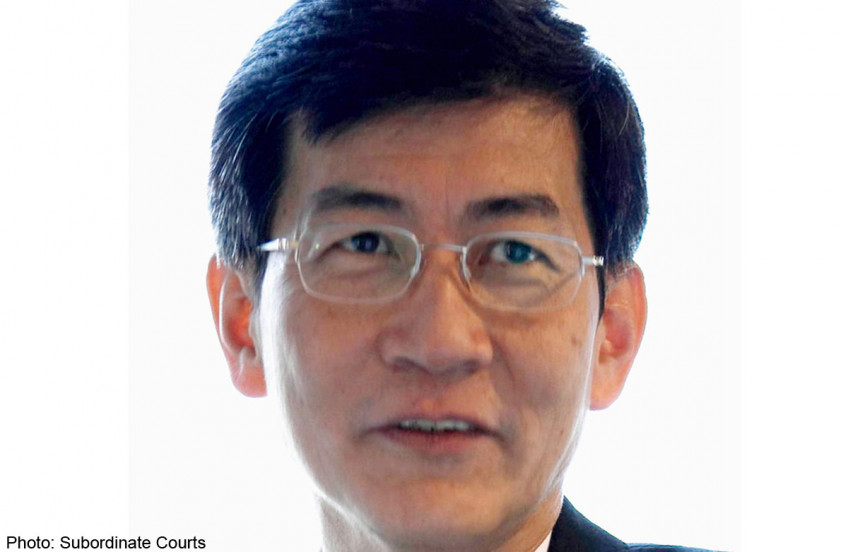Hotel, consultant rapped over fire

An engineering consultancy has been criticised by the High Court for the "lackadaisical" manner in which it serviced a hotel where a flashover occurred in an electrical switchgear room.
But the hotel also did not escape blame by the court for failing to heed the firm's professional advice, acting out of financial and business interests rather than safety concerns.
J M Pang & Seah (JPS) had been hired by Hotel Royal@Queens to provide inspection and maintenance services for its electrical installations two years before the fire in December 2009.
A flashover occurs when combustible particles accumulate on a surface over time within an enclosed space, then heat up and ignite spontaneously. In this case, dust, dirt and moisture had gathered at the ends of two cables carrying live current.
Judicial Commissioner (JC) Tan Siong Thye noted that corrosion, paint blistering and mould were tell-tale signs that JPS should have detected well before the fire - which cut electricity for more than a day and caused guests to be relocated. He called for the Energy Marketing Authority to audit JPS' maintenance regime for high-voltage installations.
In judgment grounds released on Wednesday, JC Tan noted the firm was "prepared to certify the (hotel's) electrical installation fit for operation" when it was unsafe to do so.
He rebuked the company for the "cavalier modus operandi" of its business operations and added this was "worrying", given that it services 66 substations in Singapore.
"All businesses must practise corporate social responsibility," he said, "especially those with professional duties and when public safety is at stake."
JPS in a statement yesterday acknowledged the safety concerns raised by JC Tan and stressed that safety "has always been a top priority for us". Seeking to allay any concerns, it said this was an "exceptional" case "that occurred due to a confluence of unfortunate factors and even though we had recommended that maintenance be carried out". "We are therefore taking legal advice on the proper apportionment of liability between the parties."
JPS conducted bimonthly checks on equipment in the hotel's high tension switchgear room. But there had been no shutdown maintenance - requiring power supply to be cut off totally for up to four hours - since 2004. Such work would have allowed preventive measures to be taken, JC Tan said.
JPS also had a separate deal with the hotel which saw it recommend and provide a quotation for a service, which the hotel could then accept or reject. It rejected JPS' recommendation for full shutdown maintenance and instead opted for a partial test.
Hotel Royal, represented by lawyers Savliwala Din and S. Subramaniam, sued for about $500,000 in damages, claiming JPS failed to provide reasonable consultancy services and maintain its equipment properly.
JPS lawyers Ian de Vaz and Seng Yen Ping disputed the claims, saying the hotel repeatedly failed to heed reminders to conduct shutdown maintenance.
JC Tan found JPS was negligent in failing to alert the hotel to the presence of high moisture levels which contributed to the flashover.
However he found the hotel was also to blame as it knew the shutdown maintenance was overdue by more than three years. The hotel knew the results of the previous partial test which showed "something was very wrong" with the switchgear. JC Tan ruled the hotel was partly negligent in "disregarding the JPS recommendations on so many occasions" but said JPS had to bear the greater burden.
He explained that the firm was in a position of power as its certification was necessary before the hotel could renew its annual licence to operate the electrical installation. JPS had continued to certify the fitness of the installation.
Its conduct had led the hotel to opt for the cheaper partial tests, he said. He apportioned 70 per cent of the loss caused by the flashover to JPS while the hotel was 30 per cent to blame. The amount of damages payable will be assessed at a separate hearing.

This article was first published on June 6, 2014.
Get a copy of The Straits Times or go to straitstimes.com for more stories.